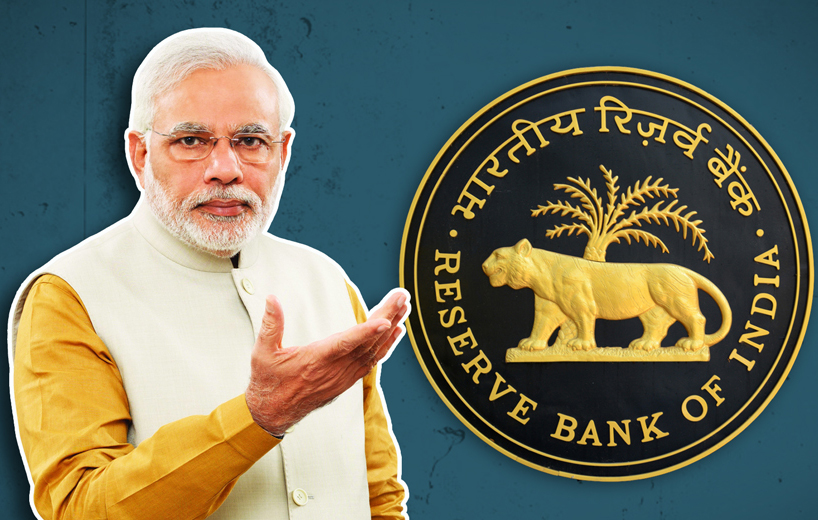Reserve Bank of India Governor Shaktikanta Das met more than a dozen economists to get their views on the economy ahead of the Monetary Policy Committee (MPC) decision due on April 4.
Most economists expect the six-member MPC to cut the repo rate by 25 basis points for the second time in a row next month to 6.00 percent, a level last seen in August 2017.
While the economists did not specify the extent of rate cut that the RBI could consider, one of them called for a 50-basis- point reduction, one of the participants said.
“Most of the participants said that monetary policy needs to do the heavy lifting to boost growth as there was no space for fiscal expansion,” another participant said.
India’s economy expanded by 6.6 percent during October-December, its slowest pace in five quarters, on weak consumer demand and investments, dealing a major blow to Prime Minister Narendra Modi as he seeks a second term in office at a general election that kicks off next month.
Slowing growth has hit the federal government’s tax collections, constraining its ability to substantially boost spending ahead of elections.
However, neither Das nor any RBI official from the monetary policy department gave any indication of their thoughts or views, as is typical in such big-group meetings.
Economists and strategists spoke of several issues including drought, liquidity management, exchange rate, inflation, growth, bank credit growth, real interest rates and monetary policy transmission.
“But they didn’t say a single word on these topics.”
The RBI did not respond to an email seeking comment on the meeting with economists.
Some economists pointed out that food inflation could begin inching up after September if monsoon rains were not sufficient, but was unlikely to push retail inflation past the RBI’s 4 percent target.
Consumer inflation was at 2.57 percent on-year in February as food prices continued to fall for a fifth straight month.
The economists also raised concerns over a slowdown in global growth that has hurt India’s exports. India’s outbound shipments grew 2.4 percent annually in February, slower than 3.7 percent in January.





